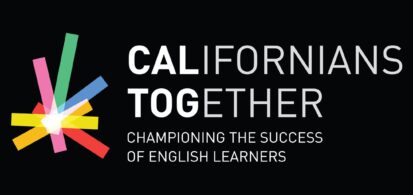Spanish and Korean Dual Immersion Instruction Through Distance Learning: Anaheim Elementary School District
While most districts are struggling to address the needs of English Learners through distance learning, Anaheim Elementary School District (AESD) has kept their focus on bilingualism, biliteracy and English Learners […]


